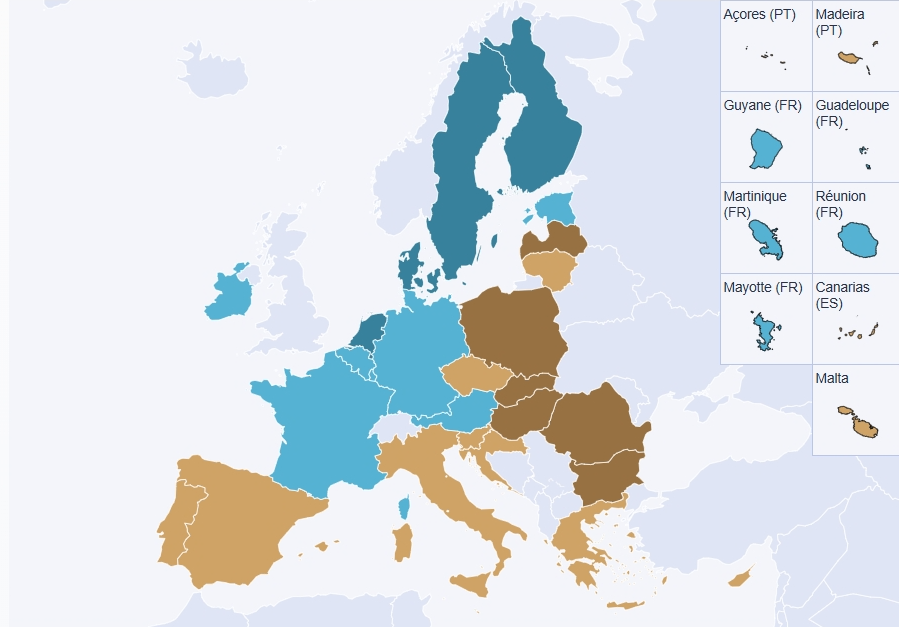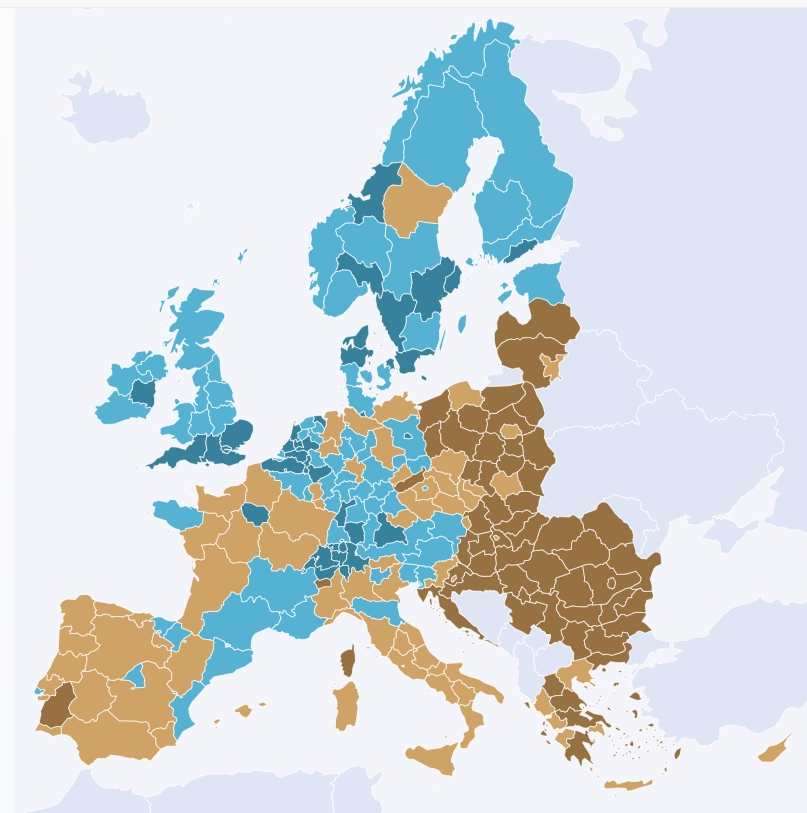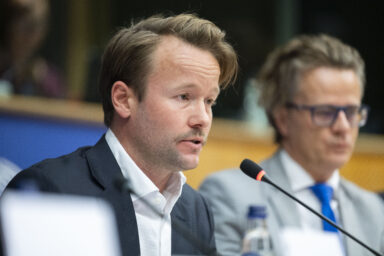The 2025 iteration of the European Innovation Scoreboard, along with its regional counterpart, shows a slight decline between 2024 and 2025. Overall diagnosis: progress exists — but, in comparison to global competitors, it is too slow.
The recent slowdown in innovation comes despite much Brussels talk about the need for boostin innovation. It highlights the need for accelerated action in the face of uncertainty and growing global competition. The Union hopes to tackle the unfavourable trend by adopting various strategies, such as the Competitiveness Compass, the Choose Europe initiative and the Startup and Scaleup Strategy.
Mixed bag
European leaders put a on a brave face. Raffaele Fitto, Commissioner in charge of reforms, said: “The global race for technological leadership is intensifying. (…) EU must accelerate its digital and green transitions to close the gap with global competitors. By investing (…), we can turn today’s challenges into tomorrow’s opportunities for a competitive and innovative Europe.“
Stéphane Séjourné, Commissioner in charge of prosperity, was a tad more critical. “The EIS 2025 highlights the urgent need to modernise Europe’s Single Market and supply chains to remain globally competitive,“ he said. “The decline in SME collaboration and R&D investment in some member states is a red flag.“
Mr Séjourné had some remedies readily at hand. “We must simplify regulations, boost cross-border digital infrastructure, and foster partnerships between startups and established businesses to unlock Europe’s full potential. Innovation is not just about technology – it’s about creating ecosystems where ideas thrive and scale,“ the Commissioner said.
You might be interested
Zaharieva: Meaningful steps forward
Nevertheless, the EU’s innovation performance has made steady long-term progress, increasing by 12.6 percentage points since 2018. The latest edition of the European Innovation Scoreboard (EIS) reveals significant shifts in national innovation performance.
The 2025 scoreboard confirms our long-term progress, but also highlights the urgent need to do more and to close persistent gaps between different parts of Europe. — Ekaterina Zaharieva, EU Commissioner for Startups, Research and Innovation
That may have been what prompted Ekaterina Zaharieva, EU Commissioner in charge of innovation, to issue an optimistic comment: “Research and innovation are at the heart of our competitiveness strategy. The 2025 scoreboard confirms our long-term progress, but also highlights the urgent need to do more and to close persistent gaps between different parts of Europe. We are already making meaningful steps forward – through our strategies for startups and scaleups, life sciences and AI in science. Next week, we will table proposals for the EU’s next long-term budget and the next research and innovation programme.“
Sweden stays top
Thirteen member states improved their score since last year, with Malta (+7.6 points) and Luxembourg (+5 points) seeing the largest gains. Since 2018, all EU countries have boosted their innovation performance, although progress varies from 0.9 points in Luxembourg to 30 points in Estonia.

Sweden reclaimed its top rank as the EU’s number one innovator, with a 12.9 percentage point since 2018. This is driven by advancements in lifelong learning, business research and development expenditure (driven in large part by the famed Wallenberg foundations) and cloud computing.
Ireland solidified its position in the scoreboard. Since 2018, its performance has grown by 13.3 percentage points, with strengths in cloud computing, production-based CO2 productivity and SME collaboration. Croatia moved up to the Moderate Innovators group after a remarkable 19.4-point increase since 2018.
The North-South divide persists
The RIS reveals an uneven regional landscape, with long-term improvements and a narrowing innovation gap between the top and bottom-performing regions. However, disparities between Northern and Southern Europe persist.
Overall, 233 out of 241 regions improved their innovation performance from 2018 to 2025, with an average increase of almost 12 percentage points. However, 82 regions recorded a decline between 2023 and 2025. Northern and Western Europe dominate among top-performing regions.

Menawhile, Central, Eastern, and Southern Europe continue to struggle. Some — mostly isolated — regions perform above the EU average, including Madrid, Prague and several Spanish regions (Catalunya/Cataluña, País Vasco/Euskadi, Comunidad de Madrid, Comunidad Foral de Navarra, and Comunitat Valenciana).
New innovation agenda
The annual European Innovation Scoreboard and biennial Regional Innovation Scoreboard assess innovation performance across the EU, neighbouring countries and global competitors. The EIS 2025 uses 32 indicators capturing various aspects of innovation, including framework conditions, investments, innovation activities and impacts on the economy, environment and the society.
The decline in SME collaboration and R&D investment in some member states is a red flag. — Stéphane Séjourné, EC Executive Vice-President for Prosperity and Industrial Strategy
The scoreboards are a key tool for the New European Innovation Agenda, which aims to close the EU’s innovation gap and accelerate the deployment of cutting-edge technologies. They also inform major policy initiatives. Looking ahead, the future Innovation Act is expected to further use the scoreboards as a benchmarking tool to identify gaps, drive reforms and modernise research and innovation systems across the Union.











